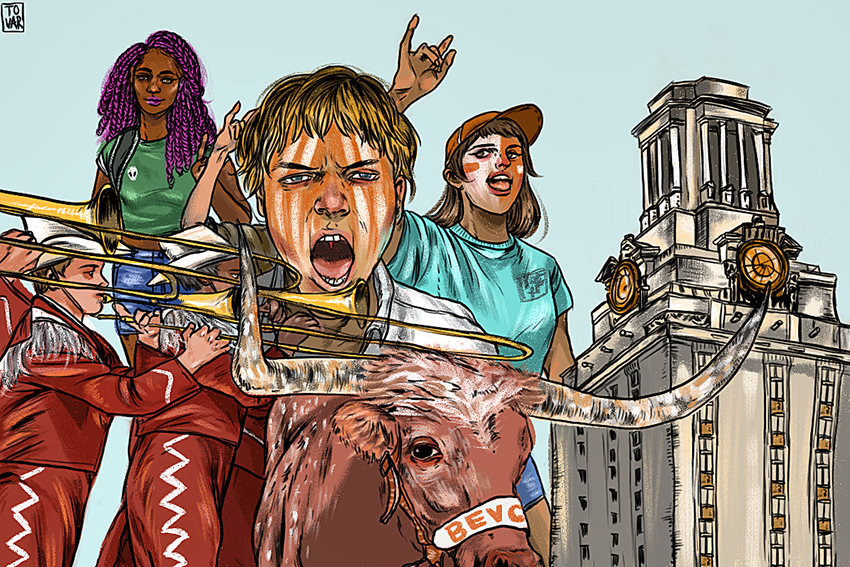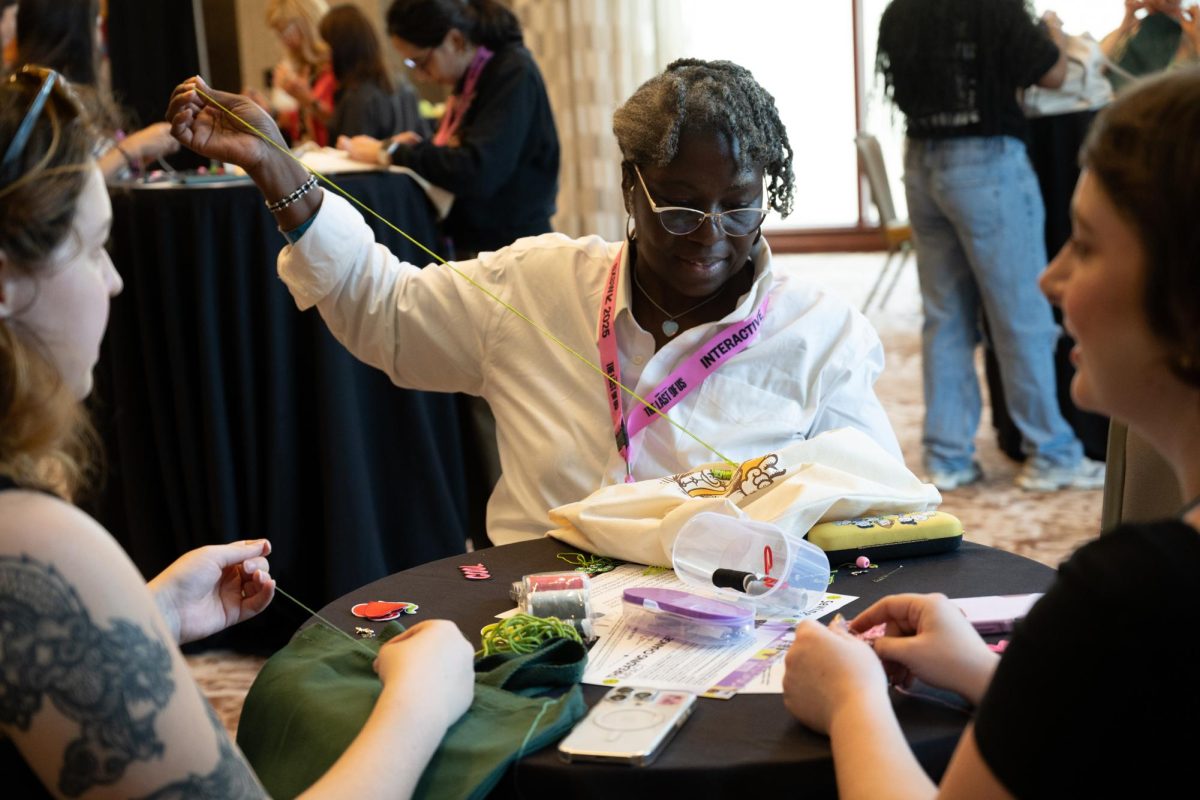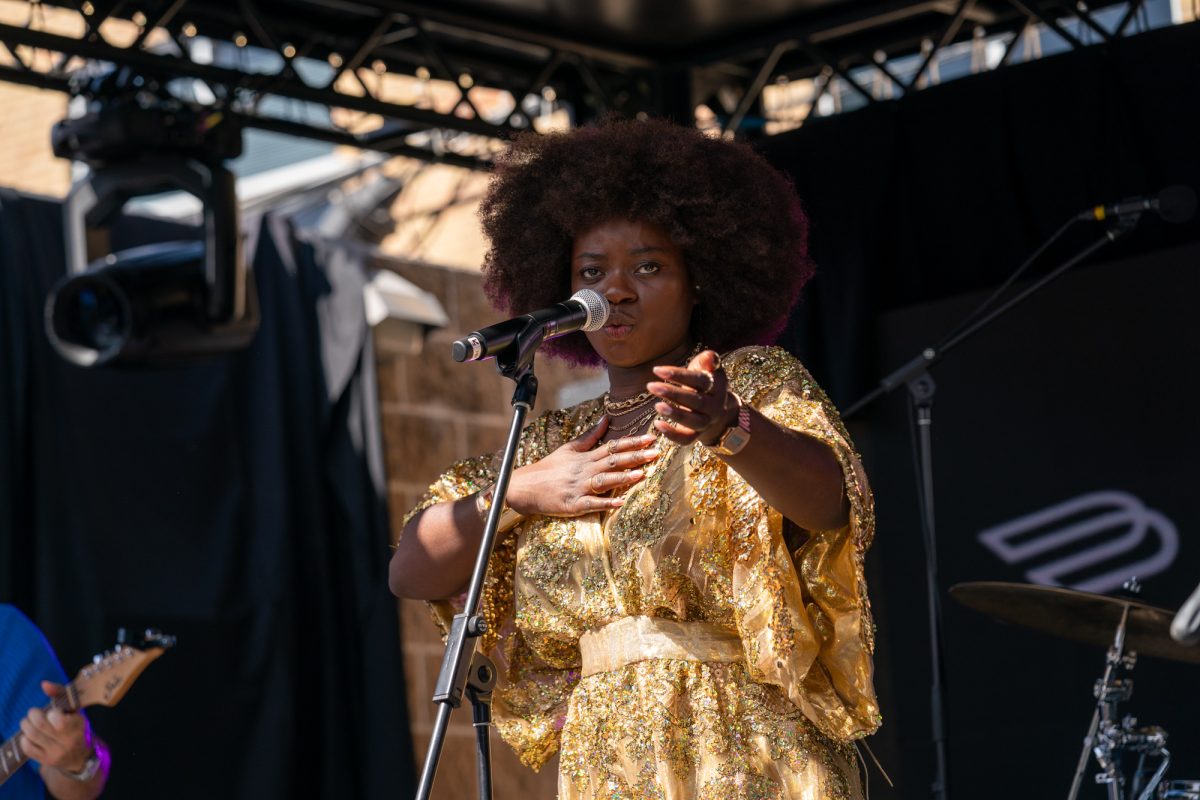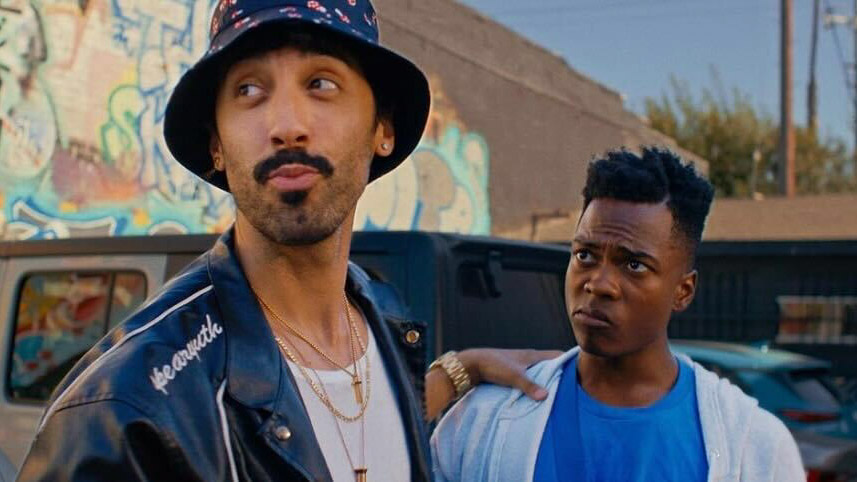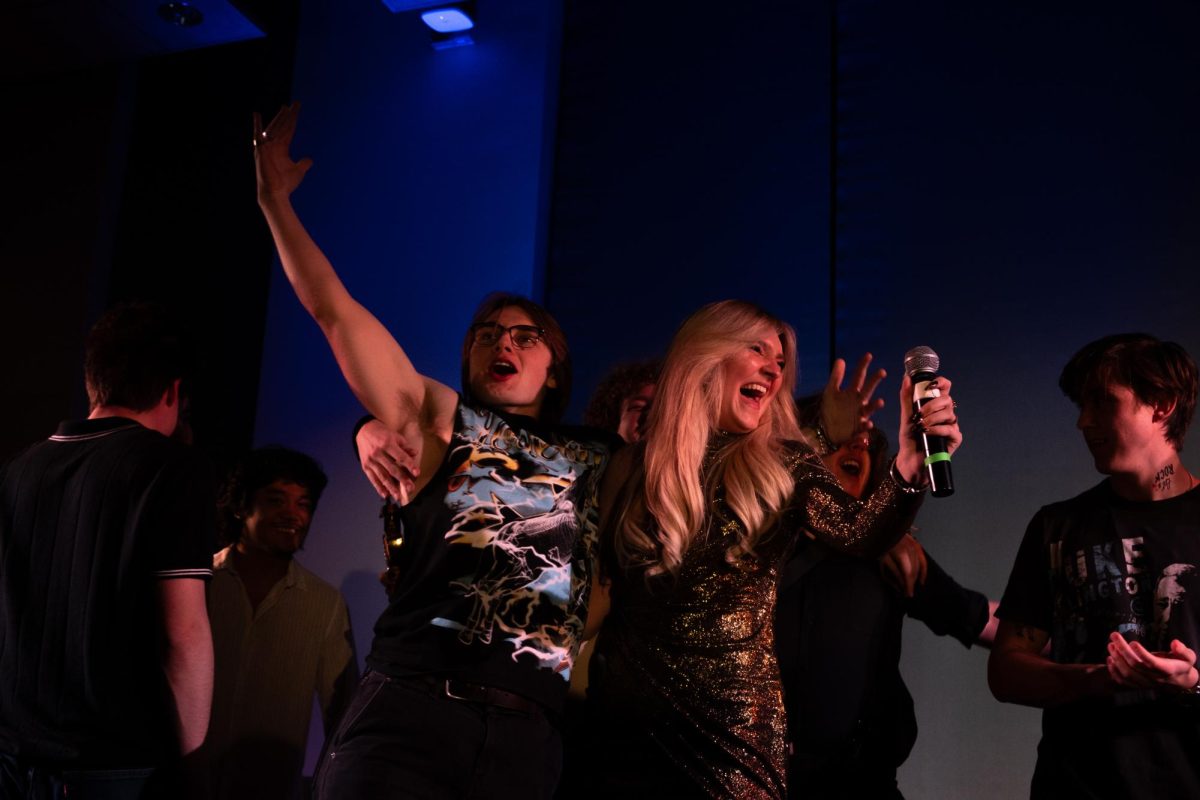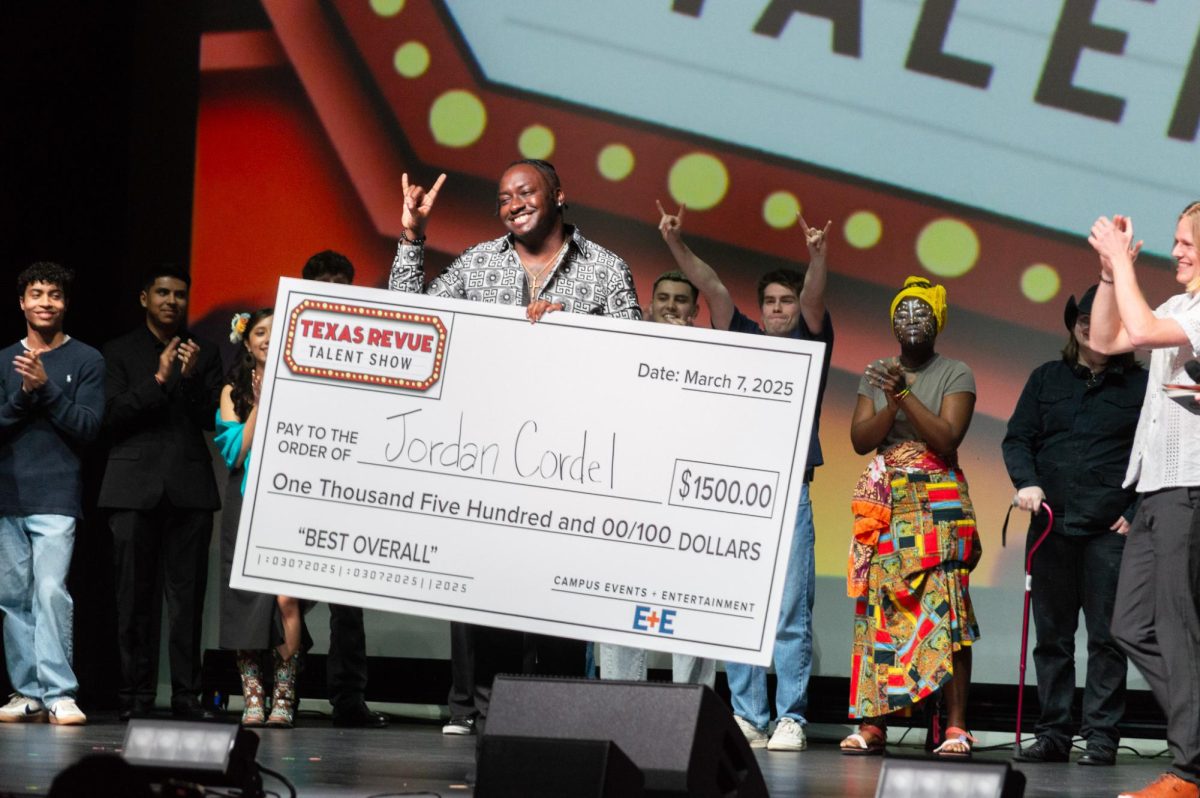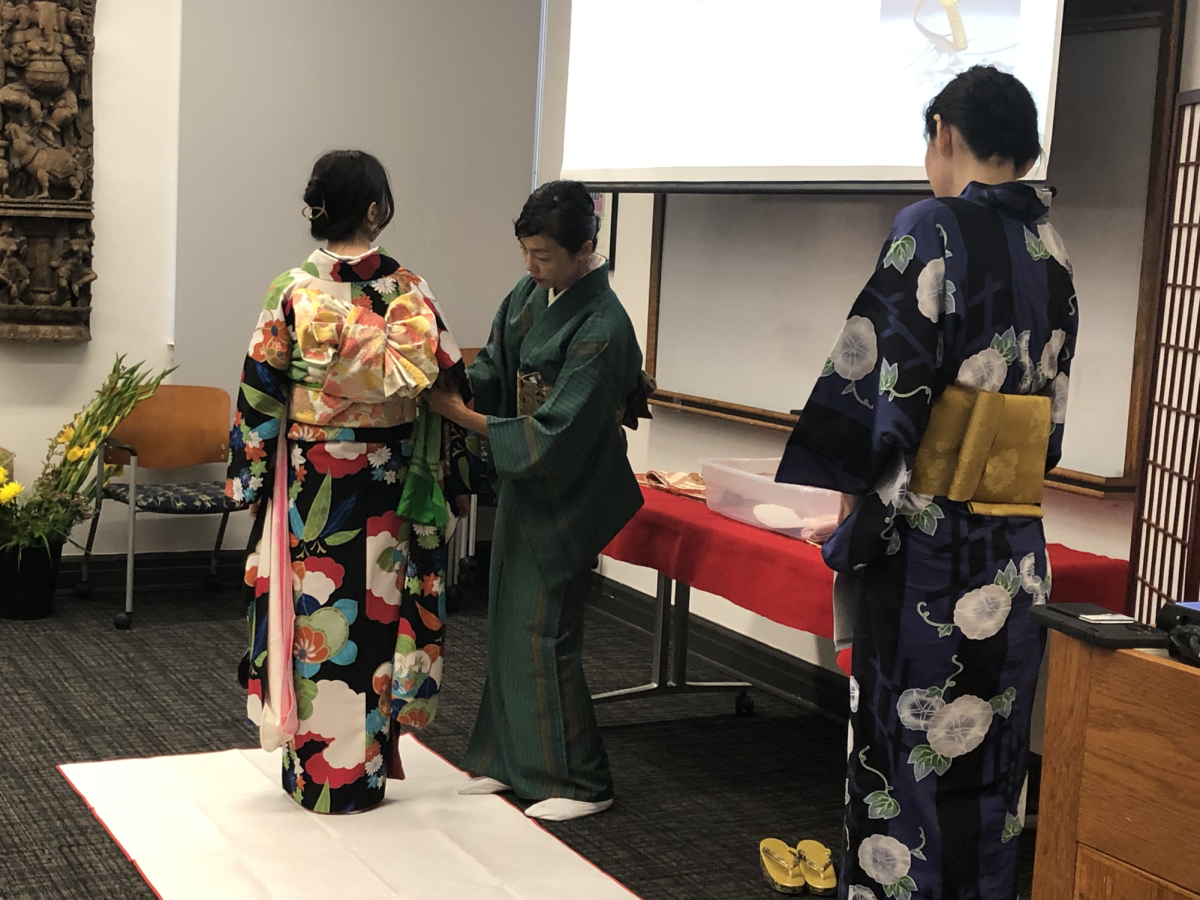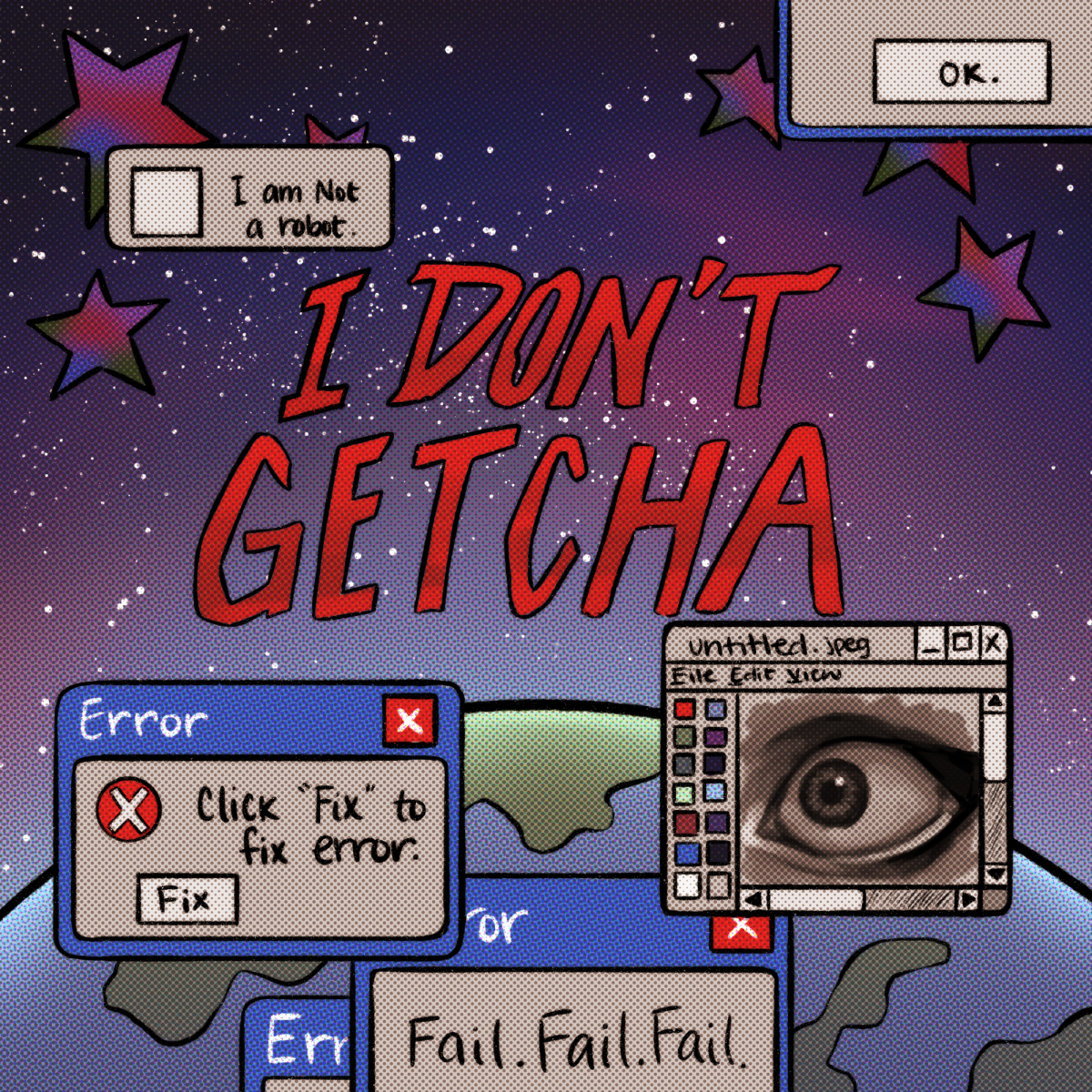There are many aspects of being a Longhorn that, by the end of freshman year, become second nature. Throwing horns when in front of a camera, or singing “Eyes of Texas” before a football game begin to come naturally and eventually get ingrained. But there are stories behind each of these traditions, and an impressive lineup of Longhorns who helped create them.
Jim Nicar, author of the blog UT History Corner , is preserving those stories.
“A lot of times, students have no idea [about UT’s history]. And once they know, they often feel more connected to UT,” he said.
Using information gathered by Nicar through records found in the Dolph Briscoe Center for American History and old Daily Texan and Alcalde stories, The Daily Texan has compiled the backstories of three UT traditions below.
Bevo
Many people believe Bevo received his namesake after a football game when a group of Aggies snuck into the stockyard and branded the University’s first mascot with “13–0,” the losing score of that day’s game against A&M. According to the myth, when representatives from UT saw the damage, they quickly altered the brand to say Bevo by changing the “13” to a “B,” turning the dash into an “E” and inserting a “V” between the two numbers.
Years later, this false story was picked up by a reporter and republished for decades before Nicar proved it wrong.
In actuality, Aggies had nothing to do with it. Bevo’s name was published in the alumni magazine in 1916, two months before the 13-0 A&M victory. His name plays off the word beeve, the plural of beef and a slang term for a cow or steer destined to become food.
The Hook ‘Em Hand Sign
We can thank Head Yell Leader Harley Clark for the hook ‘em hand sign. In 1955, the UT football team was at a crossroads. They were 4-4 overall and preparing for a pivotal game against TCU that, if they won, would send them to the Cotton Bowl in Dallas.
Nerves ran high as the UT community hosted rallies to support the team almost every night the week before the game. That week, Clark and his friend Henry “HK” Pitts sat in the Texas Union when Pitts suggested the hand sign, saying it somewhat resembled a longhorn. At the final rally on the evening before the big day, Clark stood before the crowd and declared it the official hand sign of UT, “to be used whenever and wherever Longhorns gather.” The sign, of course, was not official and had not been approved, but by the time administrators began questioning Clark, the sign had caught on.
The Eyes of Texas
For years, UT didn’t have a song. So when student Lewis Johnson organized an outdoor concert series on campus in 1902, they played Princeton and Harvard’s songs instead.That didn’t sit right with Johnson, so he recruited his friend and fellow member of the Longhorn band, John Lang Sinclair, to help him write one. The duo stayed up all night in Sinclair’s room in Brackenridge Hall and by the morning, they had a tune based on “Jolly Students in America.”
Then in March of 1903, Sinclair showed Johnson a new draft. Written on a folded scrap of brown paper, the anthem was based on “I’ve Been Working on the Railroad” and introduced the framework for the song we know today. It was a spoof of the then-university President William Prather, who concluded all of his speeches with “Remember, the eyes of Texas are upon you” — a phrase that had become a popular joke among students.
Sinclair and three other students performed his creation at a variety show that month and the crowd went wild, demanding encore after encore until the quartet was too hoarse to go on.

